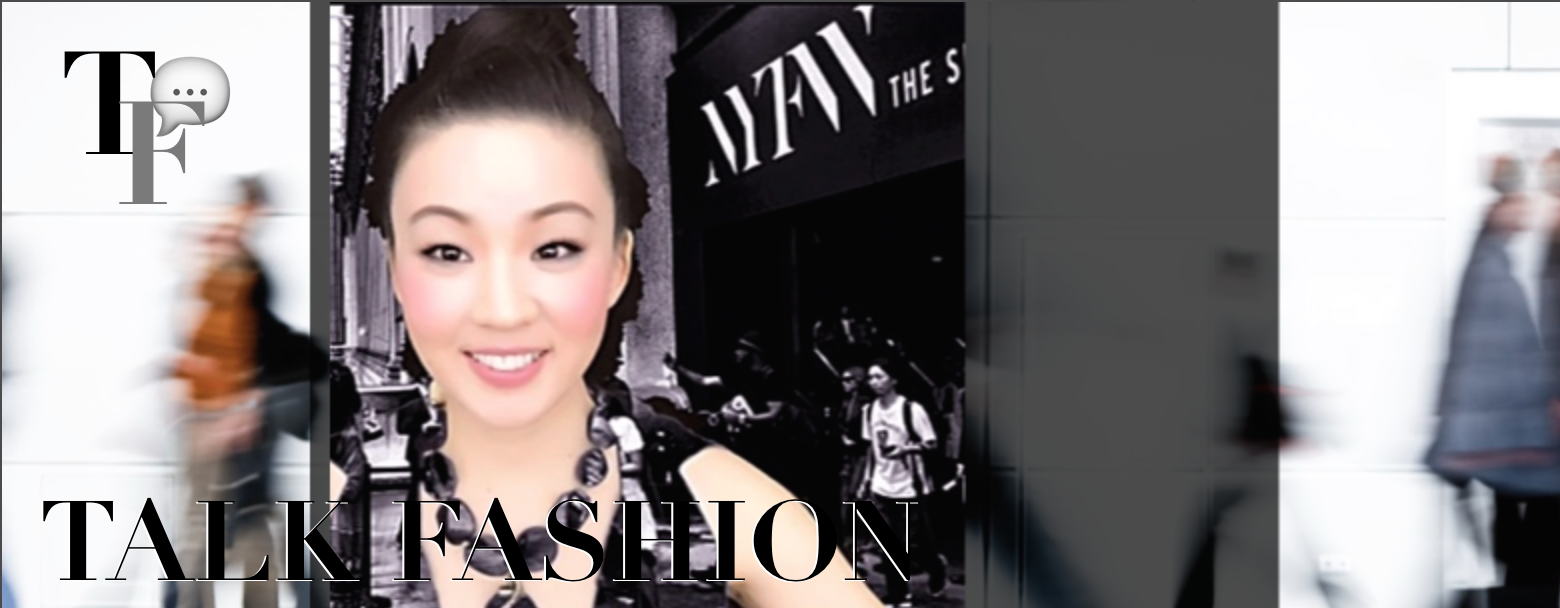- Just as living in a city requires you to become street smart, fashion requires you to become shopping smart.I decided to write this article today, because I realized the way I shop is significantly different to the way I use to shop. When I was younger, I can remember being seduced by beautiful window displays, and entering a shop scouring for an 'unknown' item that would some how 'change my life'.Fashion is ambiguously hypnotic like that. It is easy to lose one's "street savvy" ways, and get lost in this rather seductive scent. Buying without thinking, results in purchases you do not need and a lot of wasted money.Not to lose hope guys, my 5 Basic Tips will have you beating the hypnosis of fluorescent lights and get you thinking Shopping Smart.1.) Price is Just a NumberThe first misconception that needs to be broken is, price is NOT the indicator of value. Do not trust that the higher the price, the better the quality. As you can see above, a $288 garment is sold for $8.99 at Goodwill. Price is determined by the seller, and situation of their purchase. One should always keep an open mind, and price value on other factors besides what the number is marked as.I cannot tell you how many times I have been in an ultra chic boutique that looked absolutely adorable, but with low quality garments priced at luxury prices.How did I know that? Keep on reading.2.) Stitch WorkThe main reason my shopping skills have changed, is due to the fact that I now design clothes and make them myself.The very first thing I do when I find a garment I like, is to check the inner bones of the piece.The "inner bones" are the way the garment is stitched together, and a good sign of the quality can easily be detected.Cheaper quality pieces, can easily be spotted in places that cannot be seen. Craftsmanship and fabric are the two main places to cut corners and level of craftsmanship is revealed inside more than out.For example, single stitched, crooked lines are quick to rip, cause holes and unflattering on the body. Other signs are frayed edges, and sloppy stitch work. Garments made this way do not last and not worth a higher price tag.3.) Understanding Fabric ValueFabrics Types: Synthetic and NaturalSynthetic fabrics:polyester, acrylic, nylon, rayon, acetate, etc. are man made and produced entirely from chemicals.Synthetic fabrics are commonly used because it is durable, man made, easier to obtain and cheaper in cost.Natural fabrics:cotton, silk, wool, cashmere, etc. are made from plants and animals.Natural fabrics are more expensive, and harder to get your hands on.Personally, my preference is always natural fabrics. If a garment contains cashmere, silk, wool, or cotton, chances are you have your hands on a luxury piece and worth the higher price.Natural fabrics are generally more fragile, and harder to care for, but they are worth every penny.The beauty is unsurpassed, and the breathability of the fabric is undeniable.4.) Embroidery or BeadingEmbroidery and Beadwork is a good sign that the garment was hand crafted, especially if it is vintage. Hand made, always calls for a higher price due to its labor. If you can get such a piece on sale or ridiculously discounted you have an amazing deal. Even just purchasing the beads itself, cost a pretty penny these days.*Caution* Beware of worthless beaded garments. The easiest way to detect an unworthy beaded garment is if the retail value of a piece is extremely low.I once bought a fancy, pale pink top at H&M for 39 euros and was impressed by the cheap price. However, within a couple of washes, the beads washed out all their silver elements and instead of quality glass beads I realized they were plastic.5.)Designer labels and BrandsThe greatest thing about designer labels and brands is they "usually" guarantee the highest level of craftsmanship. If you look inside a Chanel piece, you are guaranteed an impeccable work of art, made to last forever.However, with that (unfortunately), comes the ridiculous price! Yes, I understand a designer price tag includes extra costs of runway, advertisements, media, campaign, models, etc. but who can really afford $10,000 for a dress?The best alternative is finding these brands at thrift stores, vintage stores, or online. Don't give up guys, where there is a will there is a way!Other brands such as Zara, Mango, or Massimo Dutti provide good quality at reasonable prices.6.) Artistic DesignHappy Smart Shopping!Do you love it?Often the value of a garment is not found in your wallet but your heart. How much does the garment speak to you? For me, when I find a garment I love there is no doubt. All factors go out the window and all I see is me, the garment and our future.Often the moment is phrased as, "If I were a _____ I would look like this."Just be careful the price is rather lower, than higher. For example, I once bought a gorgeous top for $5 and fixed the bad stitch work, and rearranged some mistakes.Cheap fabrics or bad craftsmanship is forgivable if the price is low but cringe worthy if you pay a high price.xo,Maya
Search This Blog
TALK FASHION ARCHIVE
Thursday, August 27, 2015
Are You Shopping Smart? : 5 Tips on Knowing The Value of What You Buy
Subscribe to:
Post Comments (Atom)
-
Unless you live under a rock, you have heard about the public outrage over Kim Kardashian and Kanye West cov...
-
I don't know about you guys, but where I live, the past couple of days have been so hot people are literally passing out from dehydratio...
-
Do you have your own personal style? A style that is distinctively you? Following trends, and copying your icons is a safe way to always loo...












No comments:
Post a Comment